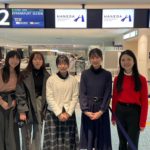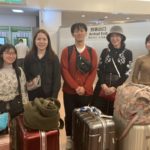Chapter 5 Various Problems Surrounding Redevelopment Introduction
The primary focus of this chapter is the problems related to the illegal structures that were particular to the reconstruction process. It will also cover the creation of riverbank greenbelts and the realities surrounding the redevelopment plans. In the turmoil of postwar Japan, not having a place to live in was quite common and homes were often constructed on land that did not have clear ownership. Hiroshima was no exception. After the war numerous clusters of illegal constructions arose, particularly in the Nakajima district (which would later become a part of the Peace Memorial Park) and in the Moto-machi district (part of which was later developed as a riverbank greenbelt). However, as construction of the park in the Nakajima district progressed, residents were evicted one after another. Along the riverbanks too, forced evictions from the illegally-built homes were conducted as the greenbelts were being developed. In Moto-machi, public housing was built after the war, but illegally-built homes appeared among them. Then, the redevelopment plan, including the areas of illegally-built houses, was drawn. Eventually, after overcoming many difficulties, the Moto-machi and Chojuen high-rise apartment buildings were built. This chapter will detail these illegal structures as well as the reconstruction process that Hiroshima faced in postwar years.
Notes and References








